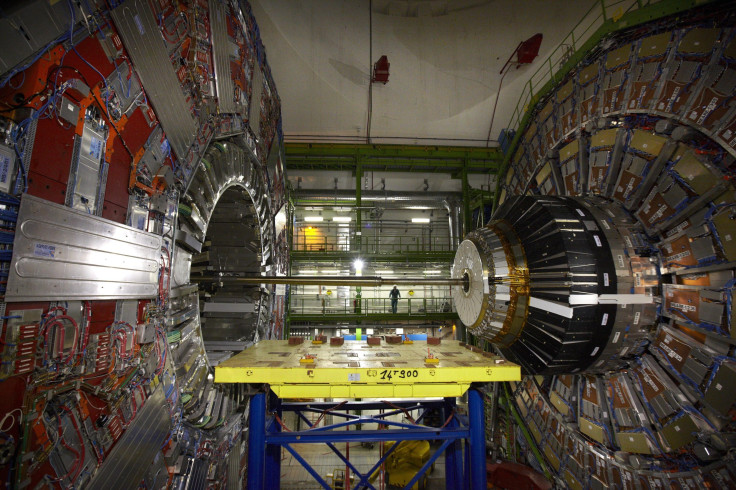Better, Faster, Stronger: CERN's Large Hadron Collider Gears Up For Second Round

The Large Hadron Collider (LHC), which was shut down for upgrades in 2013, is scheduled to restart in the coming months, according to a statement released by the European Organization for Nuclear Research (CERN). Once the world’s largest and most powerful particle accelerator begins its second three-year run in March, it will function at much higher energies, allowing scientists to test “previously untestable theories.”
“When the LHC restarts this year, the energy of particle collisions will be 13 TeV (or 6.5 TeV per beam) compared to 8 TeV (4 TeV per beam) in 2012,” CERN, which built the $10 billion particle collider, said in the statement. “Hundreds of engineers and technicians have been repairing and strengthening the laboratory's accelerators and experiments in preparation for running the LHC at the higher energy.”
The LHC, which consists of a nearly 17-mile-long ring of superconducting magnets lying 300 feet beneath the border between France and Switzerland, functions by accelerating beams of protons and ions to near the speed of light. Collisions between these beams are then recorded to detect the presence of hitherto unknown subatomic particles. Physicists at CERN hope that the detection and subsequent study of new particles could provide answers to some of the most fundamental questions of the universe, such as why there is an abundance of matter and lack of antimatter, and the make-up of mysterious "dark matter," which is believed to constitute over 84 percent of the matter in the cosmos.
The collider is already credited with the 2012 discovery of the Higgs boson -- an elementary particle that gives mass to all other particles. Running the LHC at a substantially higher energy is likely to increase the frequency of collisions, increasing the chances of detection of new particles.
“It could be as early as this year. Summer may be a bit hard but late summer maybe, if we’re really lucky,” Beate Heinemann, a physicist at the University of California, who is part of a group of scientists studying the LHC data, reportedly said. “We found antimatter in the beginning of the last century. Maybe we’ll now find supersymmetric matter.”
The theory of supersymmetry states that each fundamental particle has a “superpartner.” The photon, which carries light, for example, should have a superpartner named photino. Although such particles are still purely hypothetical, their detection by the collider could shed light on the composition of the universe’s dark matter.
© Copyright IBTimes 2024. All rights reserved.






















